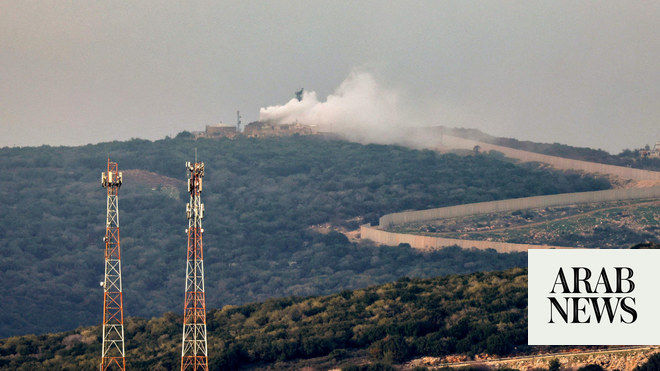
Violent unrest continues to roil Colombia as anti-poverty demonstrations enter their second month and talks between protesters and the government stall.
A fresh spate of violence swept the South American nation on Friday night, with protesters battling police who attempted to lift roadblocks across the country.
Hardest hit was Cali, a major south-west city that has become the centre of the protests that began on 28 April over an unpopular and since-axed tax reform and have since morphed into a howl of rage at the country’s entrenched economic disparity, which has been aggravated by the coronavirus pandemic.
As they have done for most nights over the last month, police in riot gear fought against protesters, while reports abounded of the officers continuing to use live rounds, and deliberately injuring protesters.
“There’s been gunshots all night, we don’t know how many are injured,” said one resident in Siloé, a neighbourhood that has seen nightly skirmishes. “It looks like a war.”
In the city’s wealthy southern reaches, gunmen in civilian clothing joined the fray, firing on protesters, as police looked on, doing little to stop the violence. Protesters also set a police kiosk on fire.
At another neighbourhood, one off-duty agent with the attorney general’s office fired on a crowd, killing two demonstrators, before being killed himself.
City officials and human rights watchdogs were united in their outrage over the developments. Nearly three weeks earlier, a similar wave of vigilante violence against protesters rocked the city, though no fatalities were confirmed. Last night four people died, including the agent.
“It is inadmissible that we have civilians practically turning our city into a battlefield,” the city’s security secretary, Carlos Alberto Rojas, told Radio Caracol on Saturday morning. “What has happened must be investigated by all the authorities.”
Elsewhere in the country, protests were largely peaceful though in some cases pockmarked with violence. In Popayán, a city 90 miles south of Cali, protesters attempted to burn a bank branch. In Madrid, a town outside the capital Bogotá, protesters battled with police for hours.
The police response to the unrest has been brutal, with at least 43 protesters killed by officers since the unrest began, alongside reports of torture and sexual abuse, according to Temblores, a local human rights watchdog.
Members of the press have also been targeted, with Colombia’s Foundation for the Freedom of the Press reporting 144 cases of harassment of reporters during the first two weeks of the protests.
Protesters have also vandalised buildings and infrastructure. On Tuesday night, a courthouse in Tuluá – a city in the same Valle de Cauca province as Cali – was set ablaze. The government has attempted to cast the protesters as “urban terrorists” and “vandals”.
President Iván Duque, whose three years in office have been marked by nationwide protests, has been powerless to quell the unrest, despite ordering the militarisation of major cities weeks ago and pulling his tax plan.
In response to Friday’s violence, he announced that another 7,000 troops would be dispatched to Cali to lift roadblocks.
“From tonight begins the maximum deployment of military assistance to the national police in Cali and the province of Valle,” Duque said in a televised message on Friday night.
His government had been meeting with protest leaders, though those talks have yet to yield any significant results.
However, further militarisation will only widen the gulf between the government and the street, analysts say.
Sergio Guzmán, the director of Colombia Risk Analysis, said: “It makes dialogue more difficult and increases mistrust in the government, which appears to be very heavy handed with protesters, but lenient when it comes to identifying or punishing police abuses and lawlessness by armed civilians. It is in no way a de-escalatory move.”












